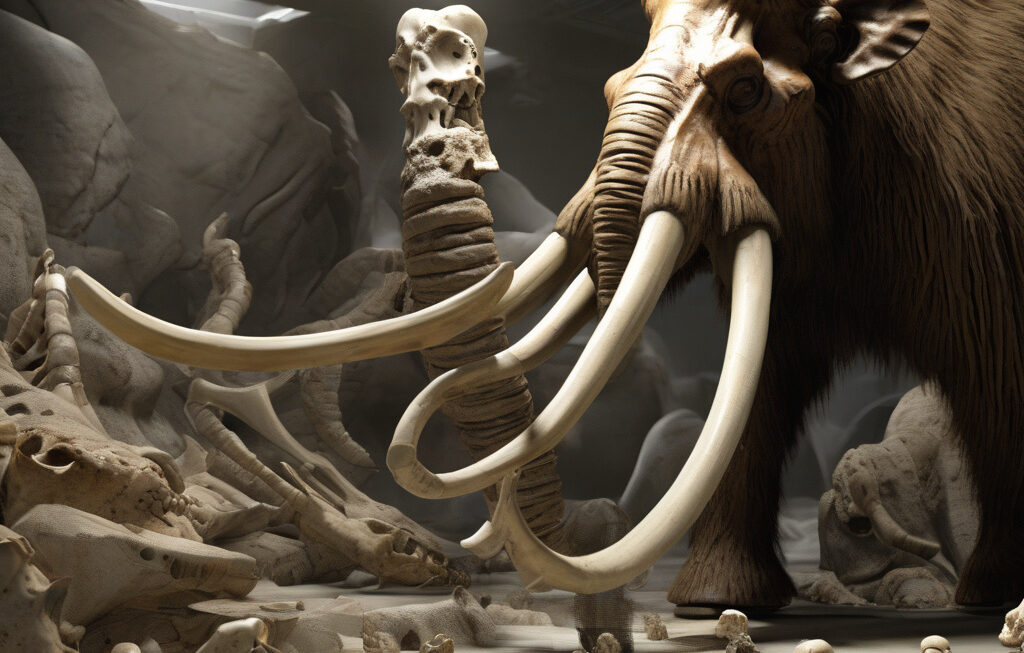Ancient ‘Wonder’ Reptile with Feather-Like Skin Found in Fossil That Predates Dinosaurs
A 247-million-year-old tree-dwelling reptile has been identified through the fossils discovered way back in the Middle Triassic period. This remarkable creature, named Megalancosaurus, is captivating scientists and paleontologists alike with its unique features that include feather-like skin structures. The findings of this ancient reptile provide a fascinating glimpse into the evolution of prehistoric creatures and offer valuable insights into the origins of modern-day animals.
Megalancosaurus belonged to a group of reptiles known as drepanosaurs, which were characterized by their elongated forelimbs and specialized claws. What sets this particular specimen apart is the presence of thin, feather-like structures covering its skin. These feather-like features, called dermal scutes, are believed to have played a role in thermoregulation, display, or even gliding. The discovery of such skin adaptations in a reptile from the Triassic period challenges previous assumptions about the prevalence of feather-like structures in ancient animals.
The fossilized remains of Megalancosaurus were found in the Italian Alps, adding to the rich tapestry of prehistoric life that once thrived in this region. The exceptional preservation of the specimen allowed scientists to study its anatomy in detail, revealing insights into its lifestyle and behavior. By reconstructing the creature’s physical characteristics, researchers were able to paint a vivid picture of what Megalancosaurus may have looked like millions of years ago.
Furthermore, the discovery of Megalancosaurus underscores the importance of continued exploration and study of fossil records. Each new finding adds another piece to the puzzle of Earth’s history, shedding light on the diverse array of species that have inhabited our planet over millions of years. By piecing together these fragments of the past, scientists can better understand the processes of evolution and adaptation that have shaped life on Earth.
The identification of Megalancosaurus also highlights the interconnectedness of different species throughout evolutionary history. By studying ancient reptiles like Megalancosaurus, researchers can trace the lineage of modern-day animals and uncover shared traits and characteristics. This comparative approach not only enriches our understanding of biological evolution but also showcases the incredible diversity of life forms that have existed over vast stretches of time.
In conclusion, the discovery of Megalancosaurus represents a significant milestone in paleontological research, offering a rare glimpse into the world of ancient reptiles with feather-like skin. Through careful analysis of its fossilized remains, scientists have been able to piece together a detailed portrait of this remarkable creature and its place in the evolutionary timeline. As further discoveries are made and new insights are gained, the story of Megalancosaurus serves as a testament to the enduring fascination of prehistoric life forms and the mysteries they hold.
fossil, reptile, evolution, paleontology, discovery











